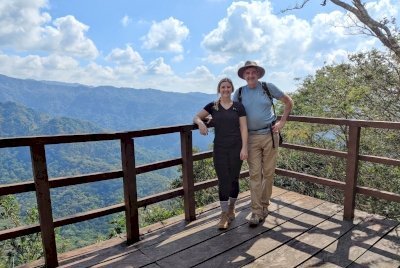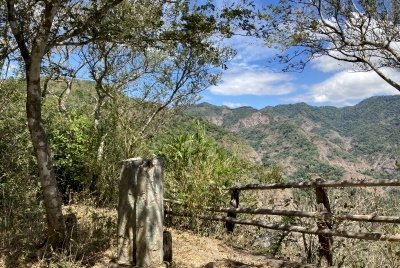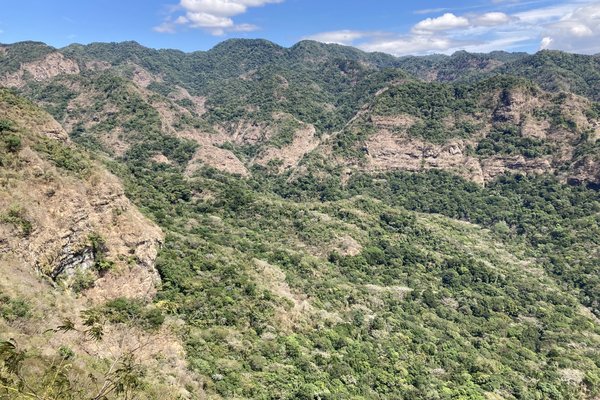El Salvador
Cara Sucia / El Imposible
Site Info
Official Information
- Full Name
- Cara Sucia / El Imposible (ID: 207)
- Country
- El Salvador
- Status
-
On tentative list 1992
Site history
History of Cara Sucia / El Imposible
- 1992: Added to Tentative List
- Added to tentative list
- Type
- Mixed
- Criteria
Links
- UNESCO
- whc.unesco.org
- Related
-
- traffickingculture.org — About looting at Cara Sucia
- en.wikipedia.org — Wiki on Cara Sucia
All Links
UNESCO.org
- whc.unesco.org — whc.unesco.org
Related Resources
- traffickingculture.org — About looting at Cara Sucia
- en.wikipedia.org — Wiki on Cara Sucia
Community Information
- Community Category
- Natural landscape: Forest
- Archaeological site: Pre-Columbian
Travel Information
Recent Connections
News
No news.
Community Reviews
Show full reviews
My daughter and I really enjoyed our visit to El Imposible in January 2023 and we had a really good hike here. We were driven up the same terrible access road that Els described, and I think we went to the same ranger station/mirador for the start of our hike. However, we hiked all the way down to the bottom of the gorge to the confluence of two rivers. After some fun exploration along the boulders and streams and swimming in the little pools there to cool off, we of course had to hike back up, about 7 miles round trip. A sign at the top says you're at 780 meters above sea level, so it was maybe 500 meters elevation change? The forest was enjoyable and we had a good local guide for the interpretive plant trail that was pretty interesting. But it is far from virgin forest as most of the area where we hiked used to be a coffee plantation, we were told. This seemed to be a pretty standard tour for El Imposible, but I was disappointed that our tour didn't even include the "impossible" bridge that the park is named after. I think there are many other hikes you could do, and I think there might be adrenaline sport activities inside the park boundaries in other spots. I don't think the part of the park that we saw was really WHS worthy, but maybe other parts are better. Our tour guide (who we'd used for …
Keep reading 0 comments
At first sight, there isn’t much potential in El Salvador’s Tentative List. I did visit a couple of the sites though, just to get a feel for different parts of this small country. I choose El Imposible because of its intriguing name. It lies in the “far” northwest of the country. This national park shares its entry with the Cara Sucia archaeological site in the nearby larger town, which I did not visit. The name “El Imposible” comes from the time when this was a cacao farming area. The mules had a hard time crossing a difficult mountain pass that would bring the product to the ports at the Pacific Ocean.
I went there with a car+driver from San Salvador. It’s only a 115 km drive, but El Salvador has a serious traffic problem (probably related to its high population density) and the final 13km to the park are on a very bad unpaved road. So it took us about 3 hours. There’s even a local bus that struggles up the road! This last stretch also introduces you to what El Salvador once was. I really enjoyed watching the people here, the older men proudly wearing their machetes, and the women carrying a small bag of flour fresh from the mill to prepare lunch. The traditional wooden houses now are often replaced by stone ones, funded by money sent home from the US (“to show off”).
The park protects the largest extant forest in El Salvador. It has …
Keep reading 0 comments
